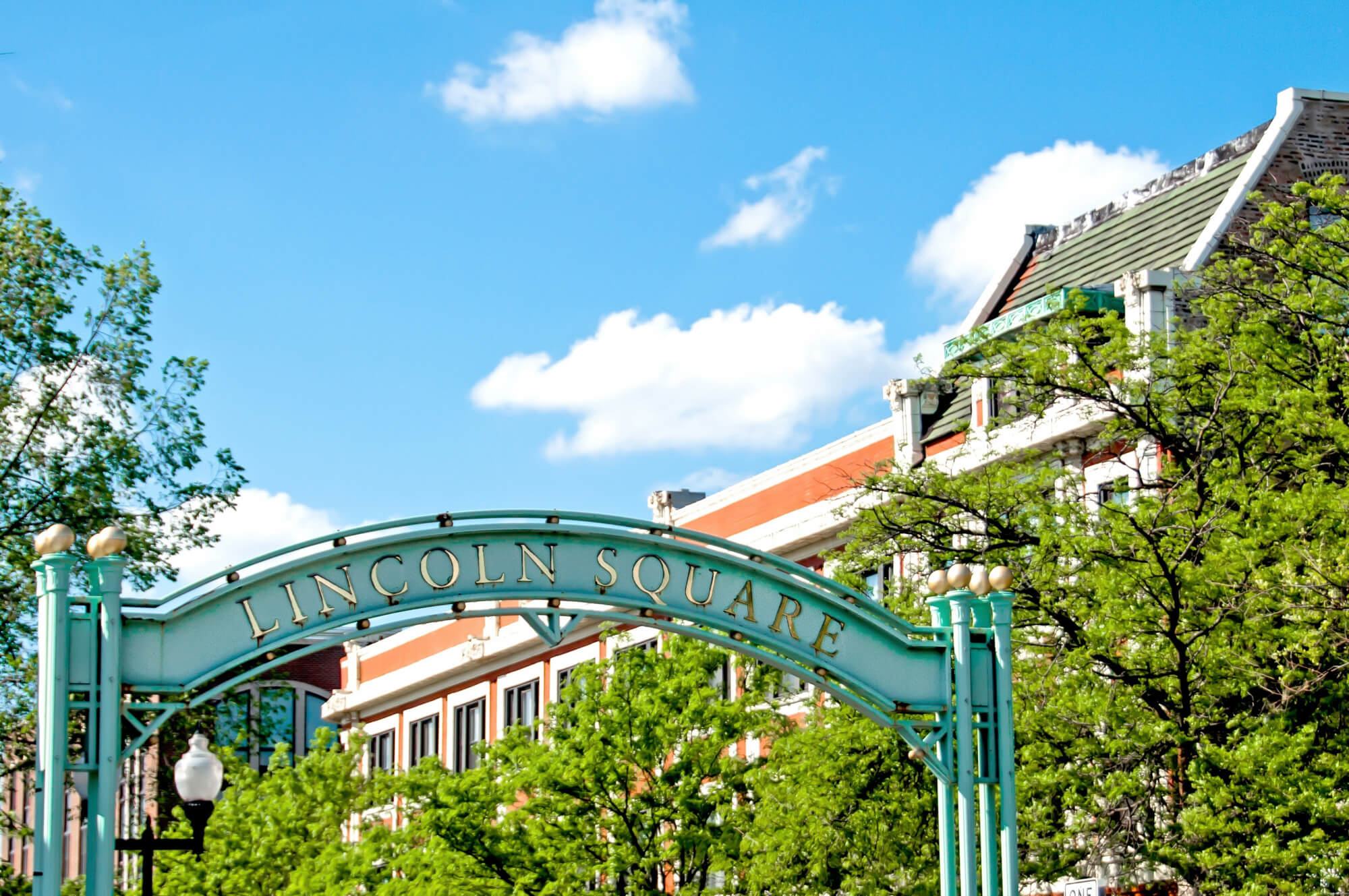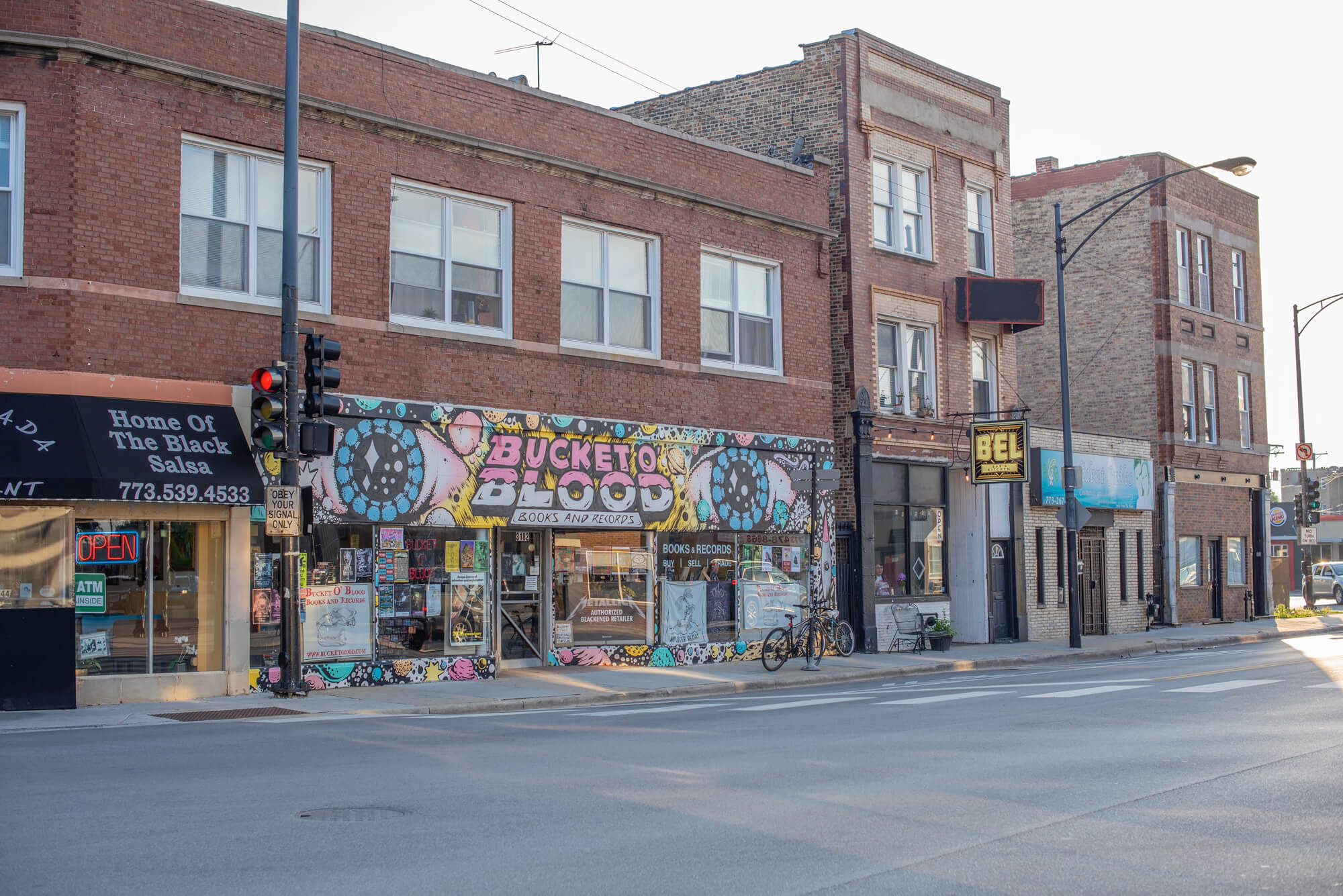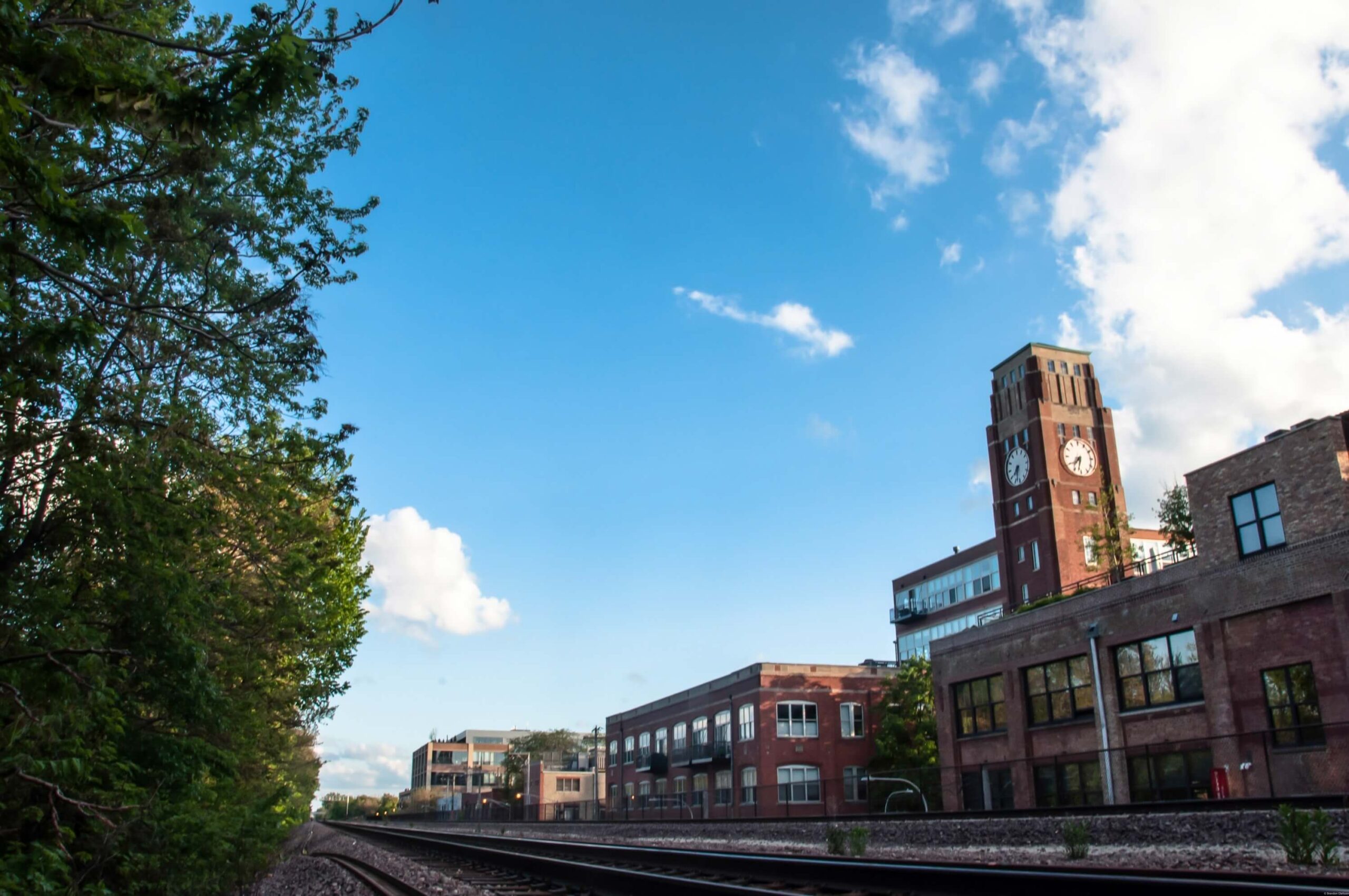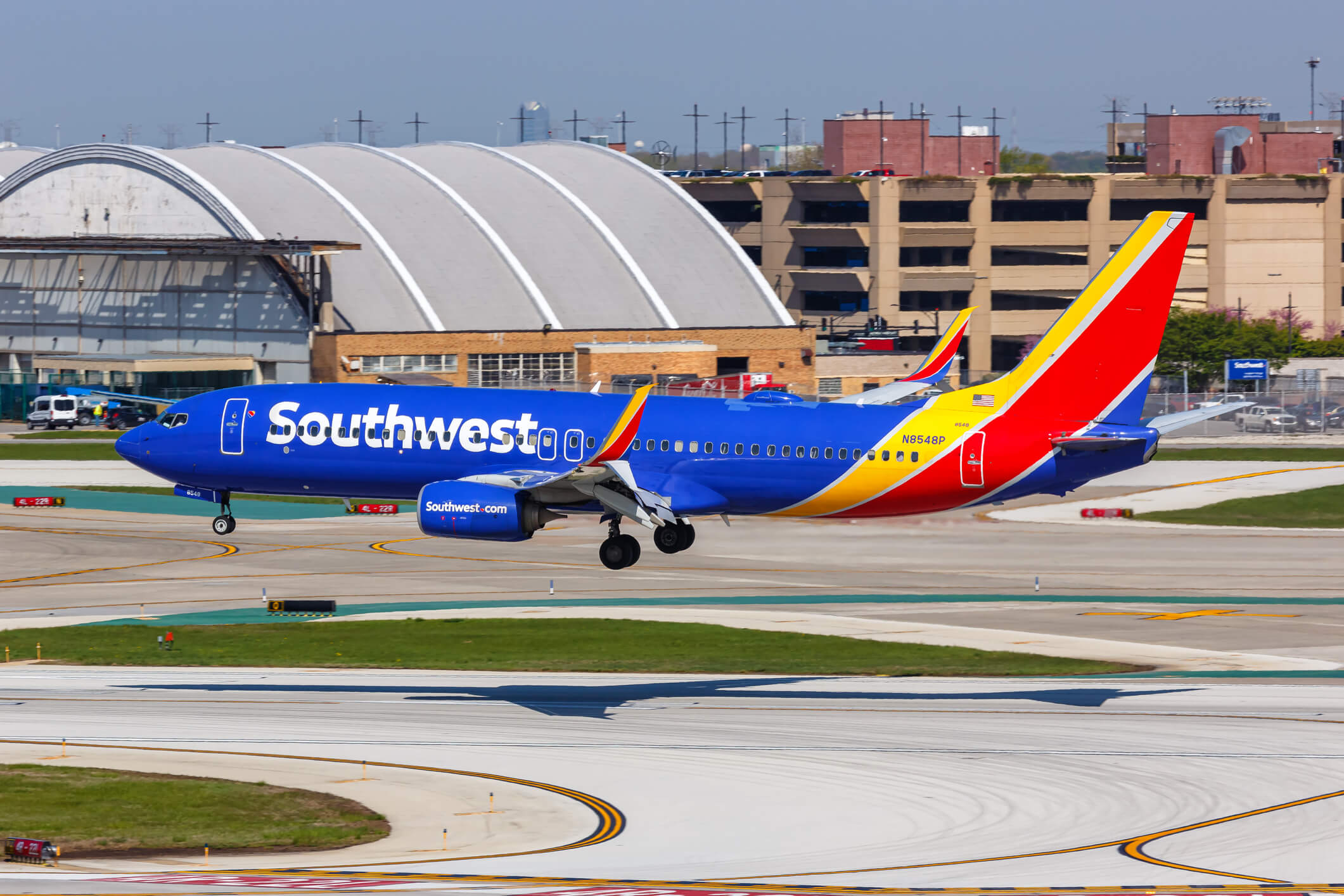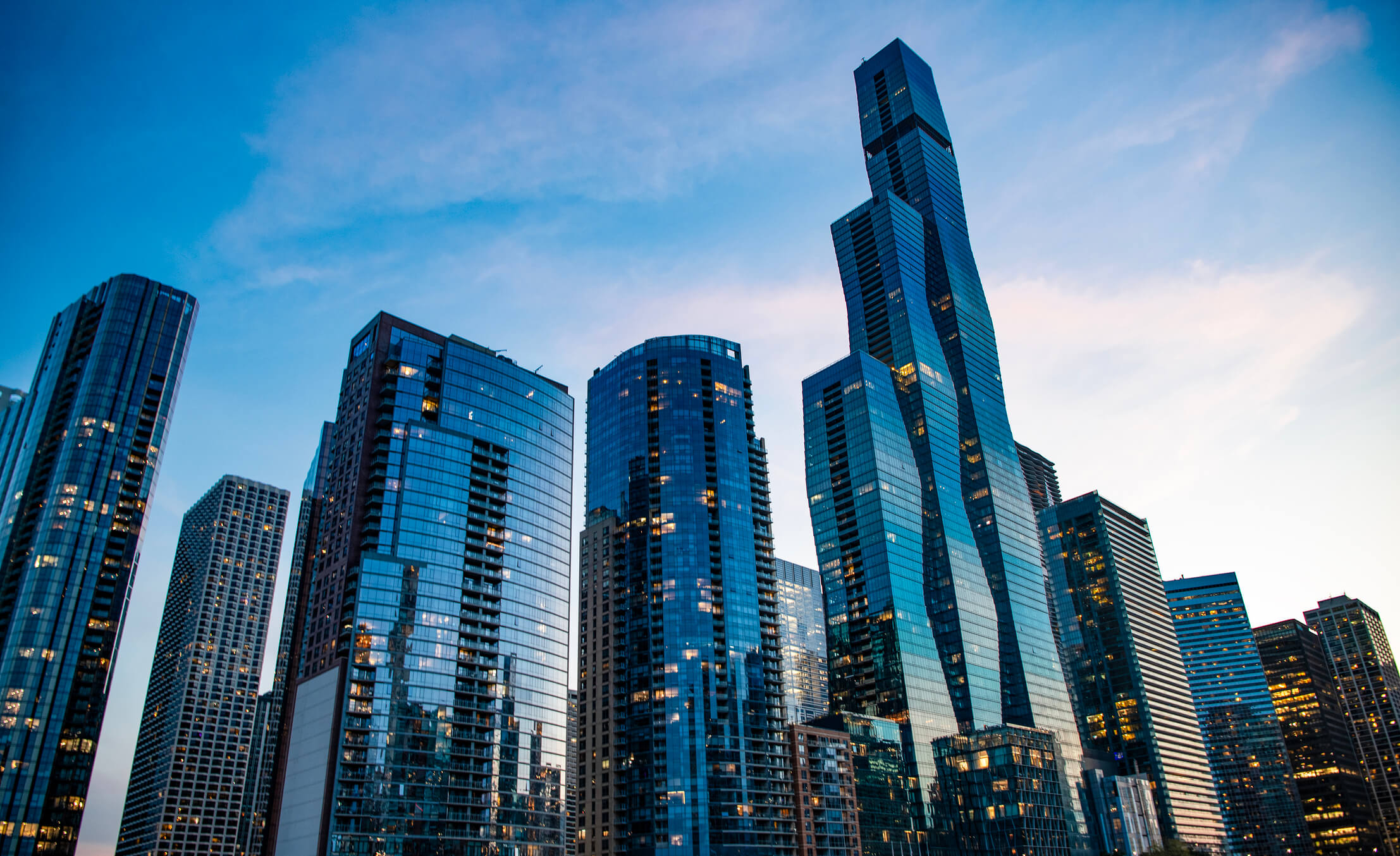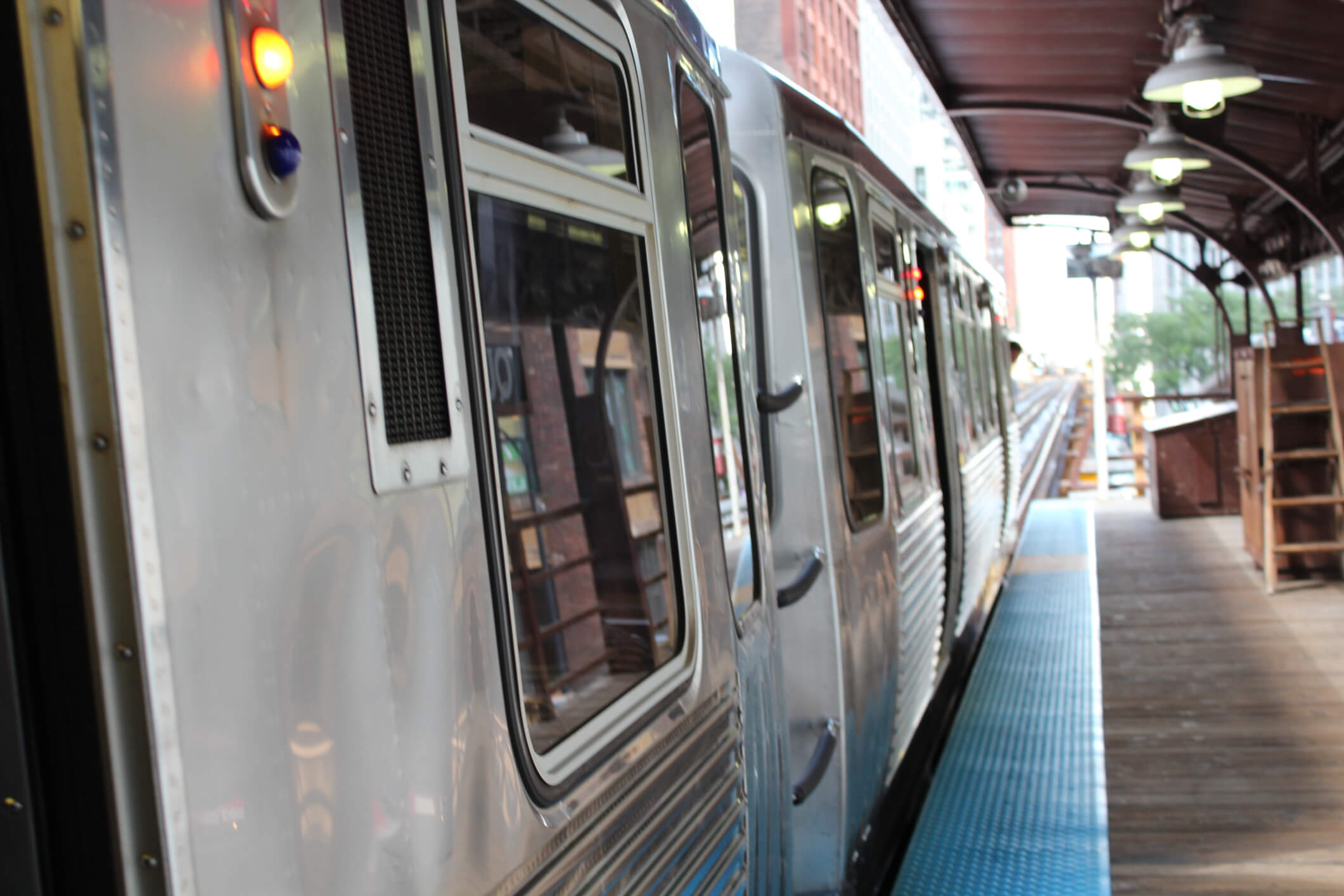
Chicago is renowned for its robust public transportation system, a vital network that connects its 77 distinct community areas. Among these, Rogers Park stands out on the far North Side for its exceptional transit access. For residents who commute downtown for work, students heading to Loyola University, or anyone who prefers a car-free lifestyle, the neighborhood’s web of trains and buses makes it one of the city’s most convenient and accessible places to live.
Rogers Park isn’t just a neighborhood at the end of a train line; it’s a major transportation hub. With multiple CTA ‘L’ stops, several key bus routes, and a Metra station, residents have a wealth of options for navigating the city and suburbs. This guide explores the public transit landscape of Rogers Park and explains why its connectivity is a defining feature of life in this vibrant, diverse community.
The Backbone of the Neighborhood: The CTA Red Line
The CTA Red Line is the workhorse of Chicago’s ‘L’ system, operating 24/7 and carrying more passengers than any other line. For Rogers Park, it serves as a direct artery to the heart of the city. The neighborhood is uniquely served by three Red Line stations, ensuring that no matter where you live, you are likely just a short walk from a train.
Howard: The Major Hub
The Howard station is the northern terminus of the Red Line and a significant transit center. It’s more than just a stop; it’s an interchange. Here, the Red Line connects with the Purple Line, which offers express service to the Loop during weekday rush hours, and the Yellow Line (Skokie Swift), providing a quick link to the neighboring suburb of Skokie. This multi-line access makes Howard a critical point of connection for thousands of daily commuters.
Jarvis and Morse: Neighborhood Stations
South of Howard, the Jarvis and Morse stations serve the residential core of Rogers Park. These stops have a distinct neighborhood feel, dropping passengers directly into the bustling local commercial districts. Stepping off the train at Morse places you in the heart of the Glenwood Avenue Arts District, with its theaters and cafes, while the Jarvis stop offers easy access to local businesses and the lakefront. These stations ensure that the convenience of the Red Line is distributed throughout the community.
A typical ride from Howard to the State/Lake station in the Loop takes approximately 35-40 minutes, making it a reliable and efficient option for downtown commuters. The 24/7 service is a major advantage, providing safe and consistent transportation at any hour.
Crossing the Grid: Key Bus Routes
While the Red Line provides excellent north-south travel, Rogers Park is also crisscrossed by a comprehensive network of CTA bus routes that facilitate east-west movement and connect residents to other neighborhoods and train lines.
#22 Clark: The Clark Street bus is one of Chicago’s longest and most essential routes, running from the Howard station all the way south to the Dearborn Park neighborhood. Within Rogers Park, it travels down Clark Street, a vibrant corridor filled with diverse restaurants and shops. The #22 bus is a crucial link for residents, connecting them to Andersonville, Lakeview, Lincoln Park, and the Gold Coast without needing to transfer.
#147 Outer Drive Express: For a faster commute to downtown Chicago, the #147 Outer Drive Express is a popular choice. Picking up passengers along Sheridan Road, this bus utilizes DuSable Lake Shore Drive for a swift, scenic journey to the Loop and Streeterville. It’s a favorite among professionals who work in the Michigan Avenue or Magnificent Mile area. The express route often bypasses much of the local traffic, making for a quicker trip during peak hours.
#151 Sheridan: The #151 Sheridan bus follows a similar path to the #147 but operates as a local route, making more stops along the way. It’s another reliable option for traveling south along the lakefront, providing access to Montrose Beach, Lincoln Park Zoo, and North Avenue Beach before heading downtown.
East-West Connectors
Buses like the #96 Lunt and #155 Devon are vital for east-west travel. They connect residents from the lakefront to the western parts of the neighborhood and beyond, offering links to the Metra and other commercial districts like West Ridge’s “Little India” on Devon Avenue. These routes make it easy to navigate the neighborhood grid without relying on the ‘L’.
The Suburban Connection: Metra Union Pacific North Line
In addition to the CTA, Rogers Park is one of the few Chicago neighborhoods that also has a Metra station. Located on Lunt Avenue just west of Ravenswood Avenue, the Rogers Park station on the Union Pacific North (UP-N) Line offers a different kind of commute.
A Faster, More Comfortable Ride
The Metra is primarily a commuter rail service connecting the city to its suburbs. For Rogers Park residents, the UP-N Line provides a fast and comfortable alternative for reaching downtown. The journey from Rogers Park to the Ogilvie Transportation Center in the West Loop is often quicker than the ‘L’, taking as little as 20-25 minutes. While the schedule is less frequent than the Red Line, the spacious seating and quieter environment make it an attractive option for many professionals.
Access to the North Shore
The Metra’s biggest advantage is its access to the North Shore suburbs. The UP-N line travels north through Evanston, Wilmette, Winnetka, and Kenilworth, all the way to Kenosha, Wisconsin. This makes Rogers Park an ideal home base for those who work or have family in the northern suburbs but still desire the vibrancy and diversity of city living. It provides a “reverse commute” option that is difficult to find in many other Chicago neighborhoods.
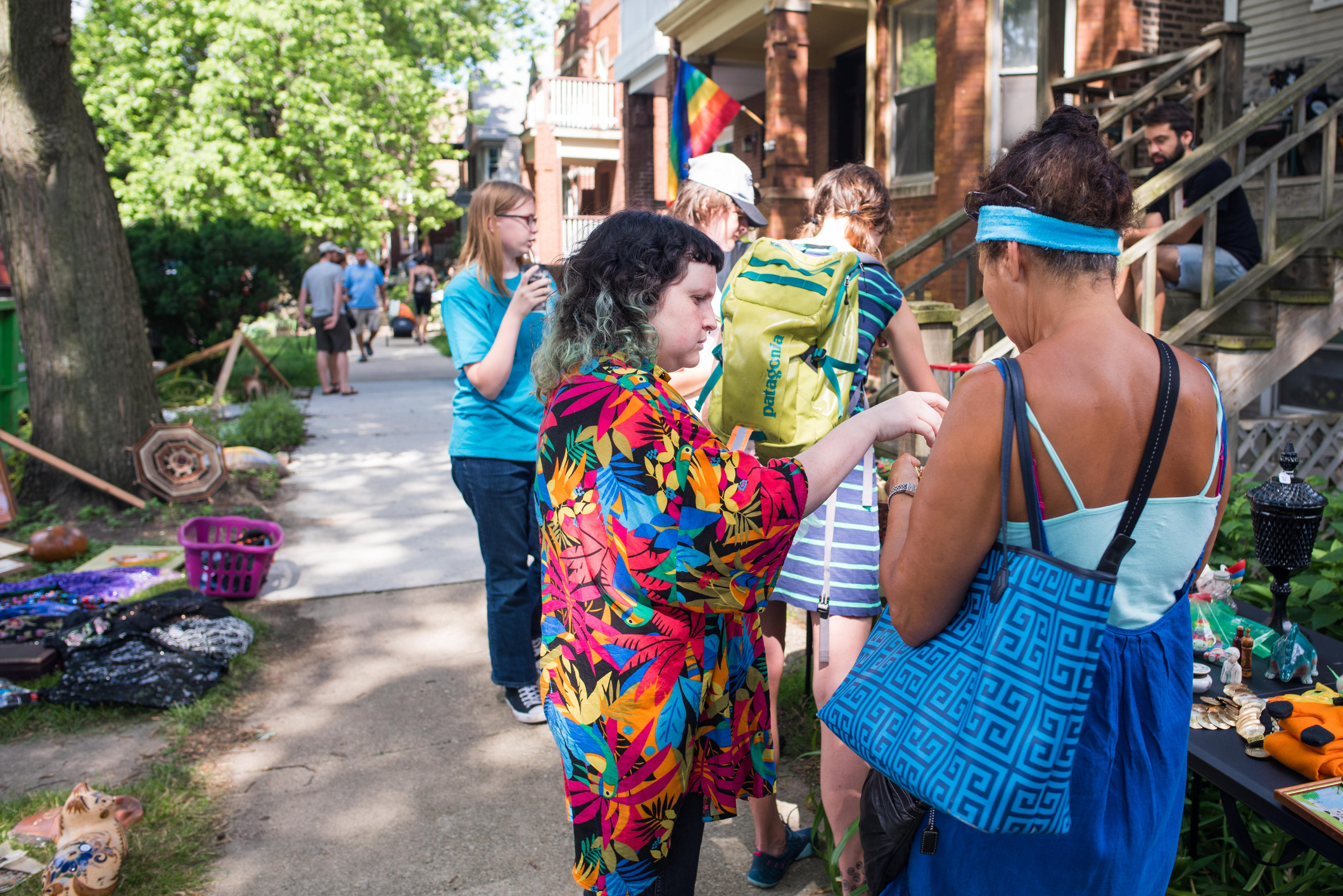
A Perfect Neighborhood for Car-Free Living
The combined power of the Red Line, a robust bus network, and the Metra makes Rogers Park a paradise for those who rely on public transportation. This extensive connectivity offers several key benefits:
- Cost Savings: Owning a car in Chicago is expensive. Between car payments, insurance, gas, maintenance, and the high cost of parking, expenses can add up to thousands of dollars per year. Relying on public transit significantly reduces this financial burden.
- Reduced Stress: Navigating Chicago traffic can be a stressful and time-consuming experience. Taking the train or bus allows you to read, listen to music, or simply relax during your commute.
- Environmental Impact: Choosing public transit over driving is a more sustainable choice that reduces your carbon footprint and helps alleviate air pollution and traffic congestion.
- Enhanced Accessibility: The dense transit network puts the entire city within reach. Whether you’re heading to a museum downtown, a fun0festival in another neighborhood, or a job in the suburbs, Rogers Park’s transit options make it possible.
This level of transit access has helped shape the character of Rogers Park, fostering a diverse, walkable, and dynamic community where residents from all walks of life can thrive without needing a vehicle.






